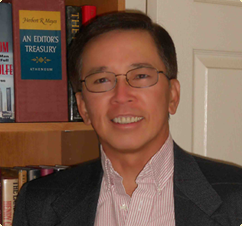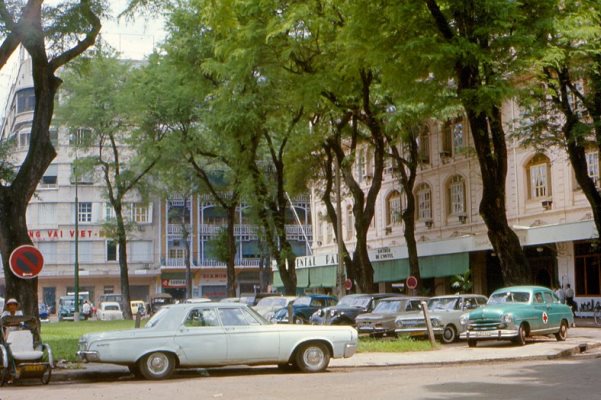At some point in our lives, no matter how far we have wandered, most of us have probably felt the desire to look back at those long ago places where we grew up—where it had all begun for us. In my case, that special place is Saigon, Vietnam, just before and during the war, back in the late fifties, the sixties, and the early seventies.
So it came as no surprise that I was anxious to watch the new film adaptation of Graham Greene’s bestselling novel The Quiet American (1955) when it was released in 2002. Although long before Greene another British writer and one of my favorite authors, W. Somerset Maugham, had written about Saigon in his travelogue The Gentleman in the Parlour (1935), Greene’s book has always been considered, at least in the West, the authoritative discourse on Vietnam in the volatile early fifties. Subsequently, it became the de facto crib notes on Southeast Asia for incoming American diplomats, military advisers, as well as journalists.
Politics aside, The Quiet American is a captivating tale of espionage and intrigue interwoven with a love triangle story that played out right in the center of Saigon, the capital of the south. Set in 1952 toward the end of the French occupation, the plot unfolded in the years before I was even born, yet I find it fascinating to peer into that window to the past, guessing and searching for the familiar landmarks—streets, squares, markets, buildings—referred to in the book by their French names from the colonial era. But it must have been a daunting task to bring old Saigon of a half-century ago back to life on a movie set, for I barely recognized any of the city landmarks from my childhood in the latest film adaptation of Graham Greene’s book.
Even so, the 2002 movie did a commendable job at recreating the atmosphere on the city streets back then, especially in the old residential areas, as attested by this very interesting article I recently stumbled across. Click here to read about some of the magic of modern movie-making at work during the filming of The Quiet American. The article also comes with precious archive photos from a long gone era. I hope you enjoy.



Oh this must be exciting for you to see the treatment of your book’s setting by a film. Also, further attesting to the renewed interest in the region. Are you ready to write the screenplay for Mulberry Fields?
Mary
Hi Mary, you have no idea! I have vivid images on my mind of scenes from my book and would love nothing better than to see them materialized in reality. It would be like winning the mega-lotto. But you can’t blame a man for dreaming, can you?
Hey CL,
Great job on Saturday! You are obviously very comfortable with speaking engagements. It was all very interesting, thank you for inviting me:)
I’m wondering, which did you like better the old or new version of this movie?
Take care,
Lez
Hi Lez! It was great to see you at the book talk at the Solana Beach Branch Library. Thank you for coming, and I’m really glad you enjoyed it. You know, I haven’t watched the old movie yet, but I will now just so I can compare the old setting with the 2002 one. It (the old set) should have more authentic scenery, I think.
It’s so interesting to hear what you thought about the movie recreation of old Saigon having lived there in the time period shortly afterward. I saw the 2002 movie before visiting Vietnam and was delighted to have a family dinner in the Continental Hotel. It was such a change to have Italian food and a live violinist serenading us after a month of (absolutely delicious-of course!) Vietnamese food.
Michelle, sounds like you all had a wonderful trip. And to end it on a high note at the Continental Hotel, in the same setting where W. Somerset Maugham, Graham Greene, and my gang (Roger Connors and company in “Once upon a Mulberry Field”) used to sit and people watch must have been a real kick (would’ve been for me, I’m sure). Thank you for sharing.